Making dried rosemary at home
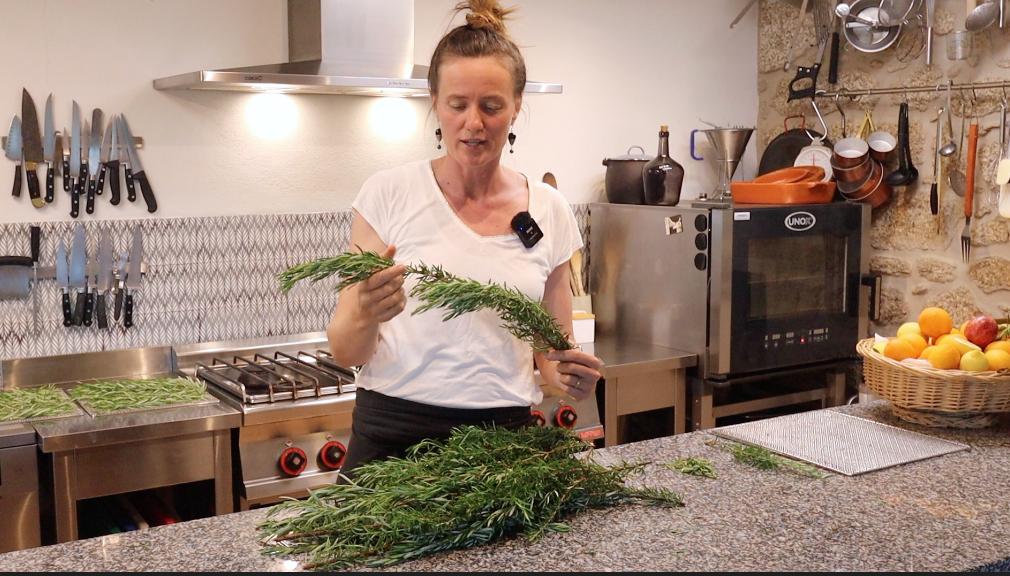
Learn how to dry rosemary properly using simple tools and zero-waste techniques. Preserve this fragrant herb for long-term use in cooking, cleaning, and natural remedies.
Whether you’re harvesting rosemary from your garden or bringing home a big bunch from the market, drying it is one of the best ways to preserve its beautiful aroma and powerful properties. In this post, we’ll walk you through how to dry rosemary properly so it stays flavorful, mold-free, and ready to use for months to come.


Learn how to dry rosemary properly using simple tools and zero-waste techniques. Preserve this fragrant herb for long-term use in cooking, cleaning, and natural remedies.
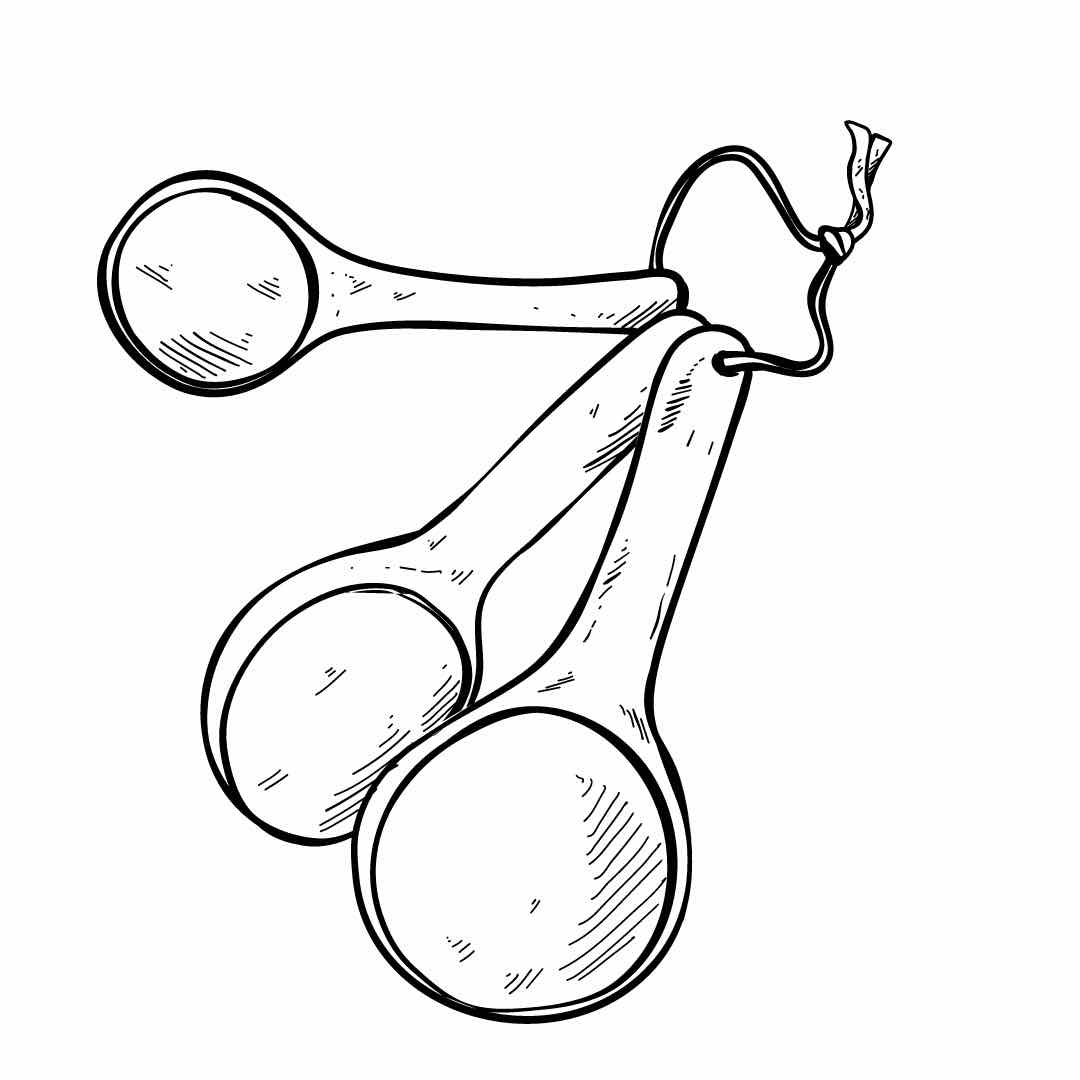
Serves:
jar of 350 ml/ 11.2 ounches
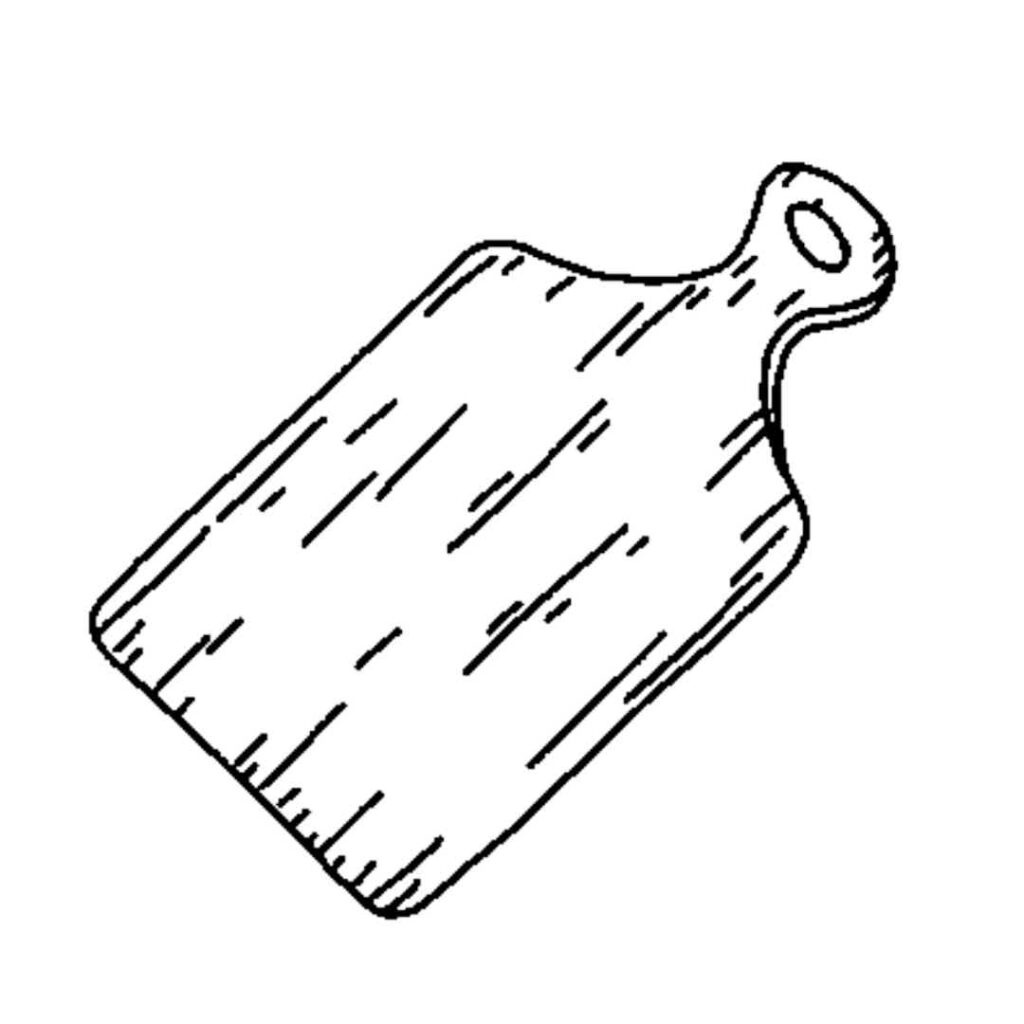
Time to Prepare:
20 min

Time to cook or cure:
7 days or 3 days
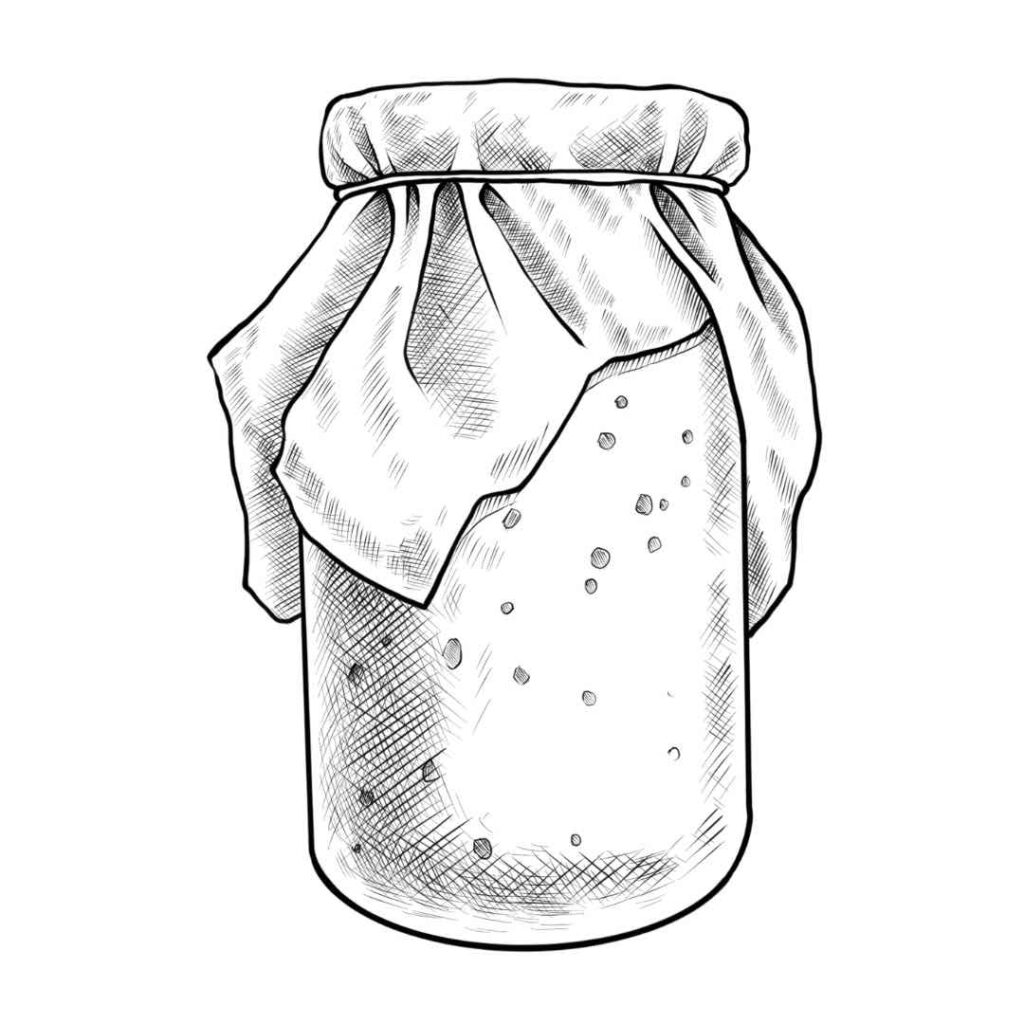
Skill
Dehydrating/ Drying
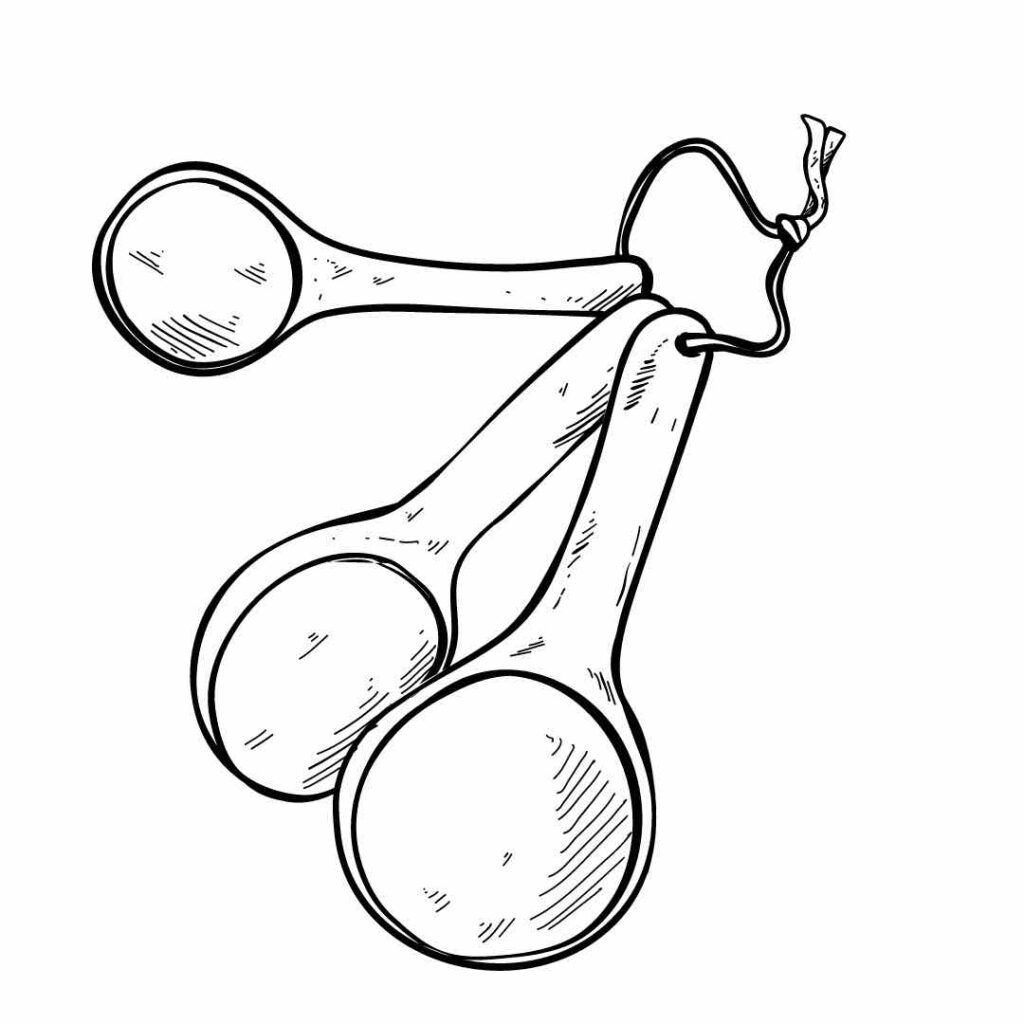
Serves:
350 ml/ 11.2 ounces

Time to Prepare:
20 min

Time to cook or cure:
7 days or 3 days

Skills:
Dehydrating or Drying

Kitchen scissors or pruning shears
Clean kitchen twine or rubber bands
A breathable cloth or brown paper bag (optional)
A drying rack, hook, or hanger
Airtight glass jar or spice container
Label + date tag (optional)
Harvest in the morning after dew has dried, but before the heat of the day.
Choose healthy, unblemished sprigs with no signs of disease or insect damage.
Always rinse gently and pat dry with a towel to remove dirt or bugs.
Avoid high humidity—a dry, well-ventilated space is key.
A: Yes, but it must be done carefully. Set your oven to the lowest temperature (ideally around 40–50°C / 105–120°F). Spread the rosemary on a baking tray lined with parchment paper and leave the door slightly ajar to let moisture escape. Dry for 1–2 hours, checking regularly to prevent burning. Air drying preserves the aroma better, but oven-drying is quicker.
A: The needles will feel crispy and brittle, and they’ll crumble easily when rubbed between your fingers. If they bend instead of snapping, they’re not ready yet.
A: Absolutely! Set your dehydrator to around 35–40°C (95–105°F) and dry the sprigs for 6–8 hours. It’s one of the most efficient methods, especially if you live in a humid climate.
A: Yes, as long as the space is dry and well-ventilated. Avoid areas with high humidity (like bathrooms) to prevent mold growth.
A: Use it in soups, stews, roasted vegetables, breads, and marinades. You can also make rosemary salt, cleaning vinegar, infused oils, teas, and even hair rinses!
A: If stored properly in an airtight container away from light and moisture, dried rosemary can keep for up to 12 months. After that, it’s still safe to use, but the flavor may fade.
Rinse and Dry:
Gently rinse rosemary under cool water. Shake off excess and pat dry with a towel. Let sit for 1–2 hours on a tea towel to air-dry fully.
Bundle It:
Gather 6–8 rosemary sprigs together. Tie the stems tightly with twine or a rubber band. Make sure the bundle is not too thick so air can circulate.
Optional Covering:
Slip a paper bag over the top (with a few holes poked in it) to protect from dust and direct sunlight. Tie the bag loosely at the base.
Hang It:
Hang the bundle upside down in a warm, dry, and dark place with good airflow—like a pantry, attic, or kitchen corner. Avoid humid bathrooms or basements.
Wait:
Drying usually takes 10–14 days. Check periodically. When the needles crumble easily between your fingers, they’re ready.
Strip and Store:
Remove the dried needles by running your fingers down the stem. Discard the woody stems and store the rosemary in a clean, airtight glass jar.
Store dried rosemary in a cool, dark cupboard away from heat or sunlight.
Label your jar with the date—dried rosemary keeps best for up to 1 year.
For stronger flavor, grind only what you need just before use.

Recipe Categories
We lost so much.
Our pastures are destroyed, many of our old olive trees, the young orchards, the irrigation systems, our most important tools, water pumps, and power setup—either melted or destroyed.
Our food and hay stores, the fences, and many of the stable buildings are either damaged or lost entirely.
What took years to build was reduced to ash in a single afternoon.
Ready to Recharge and Enjoy Real Food in Nature?
Cook, connect, and grow in the heart of our regenerative farm.
Real food. Deep rest. Lifelong memories.
